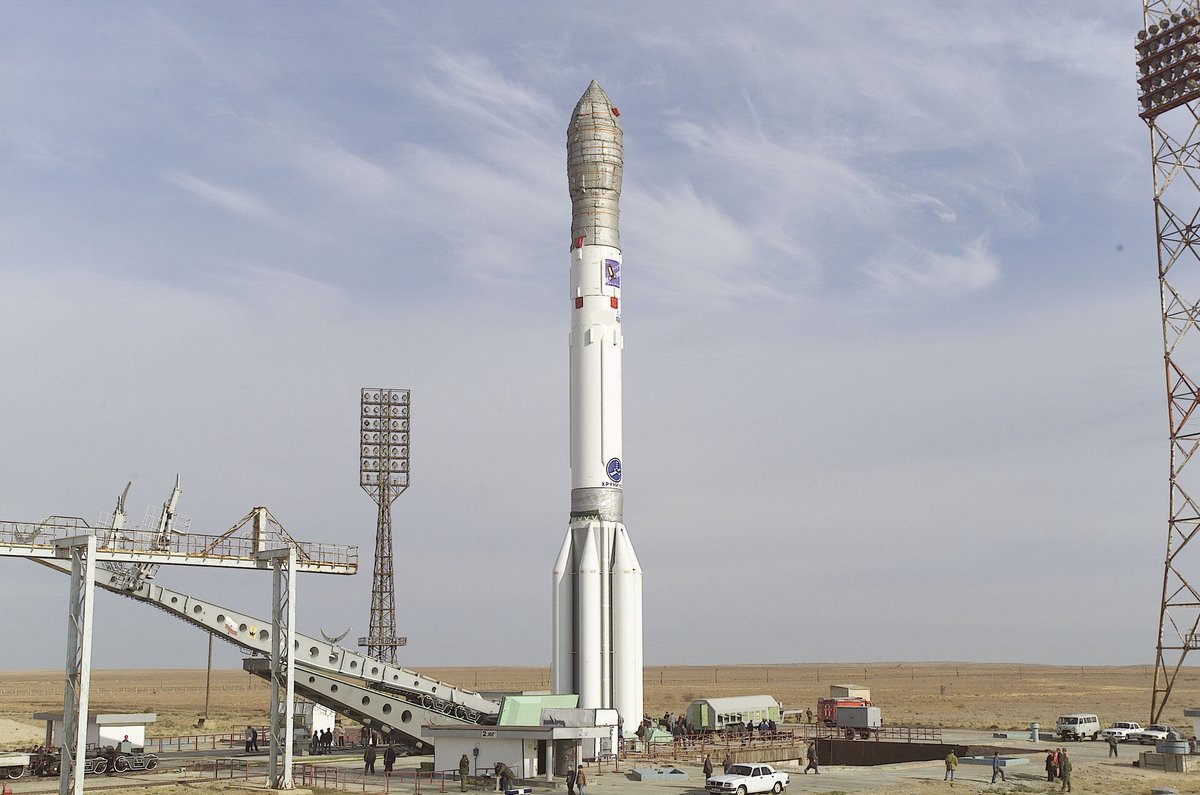
I received a few DMs with questions about the key differences between @Thorchain synths vs @synthetix_io vs or @mirror_protocol. While I am not an expert on the subject, I would like to point out ONE key difference that is obvious to my naked eye:
CAPITAL EFFICIENCY
👇👇👇
CAPITAL EFFICIENCY
👇👇👇
Let's start with @synthetix_io:
1. @synthetix_io is a protocol built on #Ethereum network and it is managed by a smart contract
2. The synths are collateralized by SNX token with 600% ratio (previously 750%)
👇👇👇
1. @synthetix_io is a protocol built on #Ethereum network and it is managed by a smart contract
2. The synths are collateralized by SNX token with 600% ratio (previously 750%)
👇👇👇
Let's have a look at @mirror_protocol:
1. Mir is built on Terra blockchain and is managed by a smart contract
2. The synths are collateralized by UST (A USD pegged stable coin) with 150% collateralization ratio or other mAssets with 200% ratio
👇👇👇
1. Mir is built on Terra blockchain and is managed by a smart contract
2. The synths are collateralized by UST (A USD pegged stable coin) with 150% collateralization ratio or other mAssets with 200% ratio
👇👇👇
@Thorchain does not use smart contracts and the synths are directly integrated into the blockchain. That makes them very powerful financial primitives and synths form foundation for #ThorFi.
👇👇👇
👇👇👇
@Thorchain synths are backed by a pool of 50/50 $RUNE and underlying asset. Because of that, the collateralization ratio is 100% and you will never get liquidated.
That is not true for either Synthetix or Mir where there is a non-zero chance you may get liquidated.
👇👇👇
That is not true for either Synthetix or Mir where there is a non-zero chance you may get liquidated.
👇👇👇
The capital efficiency is a big deal, especially that synths are earning yield. When you lock your @THORChain synths in a synthetic pool to provide liquidity it makes a huge difference if 16.6% to 66% of your capital is working vs 100% ... only at @THORChain
👇👇👇
👇👇👇
To learn more follow @BrokkrFinance, as they navigate the deep waters of @THORChain synthetic assets.
/fin
/fin
• • •
Missing some Tweet in this thread? You can try to
force a refresh






